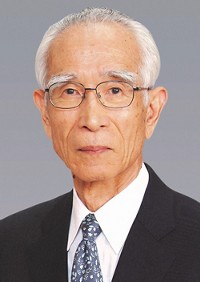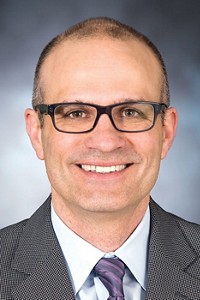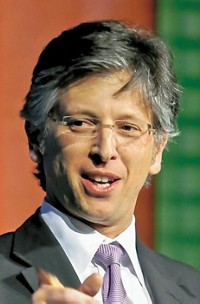Advertisement
Grab your lab coat. Let's get started
Welcome!
Welcome!
Create an account below to get 6 C&EN articles per month, receive newsletters and more - all free.
It seems this is your first time logging in online. Please enter the following information to continue.
As an ACS member you automatically get access to this site. All we need is few more details to create your reading experience.
Not you? Sign in with a different account.
Not you? Sign in with a different account.
ERROR 1
ERROR 1
ERROR 2
ERROR 2
ERROR 2
ERROR 2
ERROR 2
Password and Confirm password must match.
If you have an ACS member number, please enter it here so we can link this account to your membership. (optional)
ERROR 2
ACS values your privacy. By submitting your information, you are gaining access to C&EN and subscribing to our weekly newsletter. We use the information you provide to make your reading experience better, and we will never sell your data to third party members.
Materials
ACS Award in Chromatography
Recipients are honored for contributions of major significance to chemistry
by Mitch Jacoby
January 28, 2008
| A version of this story appeared in
Volume 86, Issue 4
Sponsored by Supelco
It's tough to name an analytical chemistry technique more ubiquitous than chromatography. Around the globe, an enormous number of chemists have made use at one time or another—or make use regularly—of the complex interplay between analyte molecules and chromatographic packing materials to separate the components of chemical mixtures. Yet very few of those chemists have endeavored to advance the field of chemical separations, let alone made an impact in this key area of analytical chemistry.
In contrast, Frantisek Svec, a research group leader at the University of California, Berkeley, and Lawrence Berkeley National Laboratory, has devoted his scientific career to developing new types of column packing materials to enhance the separating power of chromatography. Among several of Svec's innovations in chromatography, the one most readily associated with his name is the development of monolithic chromatography columns, which generally take the form of one-piece, porous, solid, polymeric, column packing materials. According to the award citation, Svec is being honored for his outstanding and seminal contributions to the design and development of these novel column materials and for the impact they have had on modern chromatography.
Monolithic chromatography columns, disks, and tubes, which were the focus of a cover story in Chemical & Engineering News (Dec. 11, 2006, page 14), have recently been commercialized. These nontraditional column materials have been used in various applications, for example to separate proteins, peptides, oligonucleotides, and other types of analytes. Manufacturers and users alike report that for various types of separations, monolithic columns outperform traditional columns in terms of chromatographic resolution, separation speed, and other factors.
Experts in analytical chemistry attest to the extent of Svec's contributions to chromatography. For example, Barry L. Karger, director of Northeastern University's Barnett Institute of Chemical & Biological Analysis, notes that Svec's monolithic columns "have had a major impact on the field." Karger stresses that "these highly innovative columns have greatly changed the landscape of chromatography during the last decade." He adds that his own research group uses the columns in proteomics research and that the new columns' popularity is growing quickly, judging by the number of journal papers in which use of monolithic columns is reported.
In addition to his pioneering work in developing monolithic columns, Svec has advanced the field of chromatography in several other ways. He made use of glycidyl methacrylate copolymers to develop novel porous polymer beads with custom chromatographic properties. He has also developed tailored chromatography materials for chiral separations and other applications.
Svec, 64, was born in the former Czechoslovakia and studied chemistry at the Institute of Chemical Technology in Prague, where he earned an undergraduate degree in 1965 and a Ph.D. degree in polymer chemistry in 1969. He was then appointed assistant professor at the institute in Prague and remained there until 1976. Following appointments at the Czechoslovak Academy of Sciences and Cornell University, Svec moved to Berkeley in 1997. He has published more than 350 papers in peer-reviewed journals, authored three books, and holds 75 patents.
The award address will be presented before the Division of Analytical Chemistry.






Join the conversation
Contact the reporter
Submit a Letter to the Editor for publication
Engage with us on Twitter